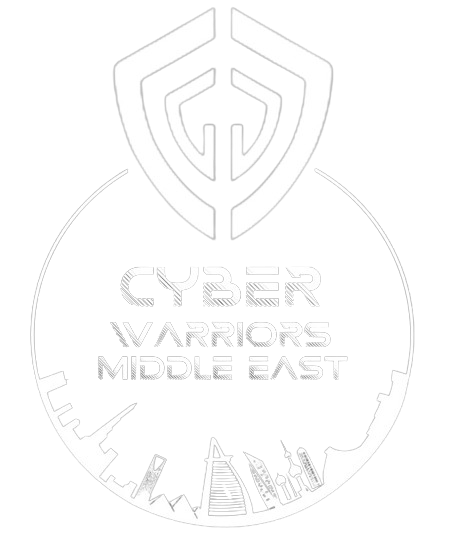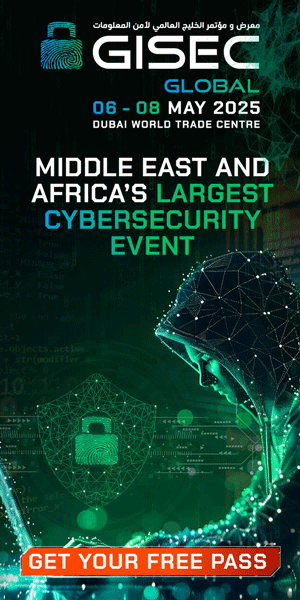Inside the Cyber Threat Landscape: Insights from Security Start-up Stillian
Understanding the Ease of Access to Leaked Information
In today’s digital world, accessing leaked information can be alarmingly simple. As highlighted by a representative from Stillian, a security start-up located in Yongsan-gu, Seoul, individuals don’t need to venture into the depths of the dark web to find compromised data. Instead, various hacking forums on the surface web are bustling marketplaces for this illicit information.
During a recent visit to the Stillian office, an official explained that hackers trade an extensive range of databases, from corporate documents to sensitive military information, through platforms like the Hacking Forum. This shining example of contemporary cyber threats underscores the significant challenges facing organizations today.
Hacking Forums and the Sale of Corporate Credentials
A closer look reveals the disturbing reality of hacking forums. While exploring one such forum named "Fresh Tools" with ethical hackers from Stillian, a search for "South Korea" yielded alarming results. Listings appeared offering administrator accounts that grant access to servers across various domestic companies, from startups to established firms.
Though specific company names were omitted, numerous accounts and server program types were available for sale, including services like Amazon Web Services (AWS) and Microsoft Azure. The price range for these compromised accounts was shockingly low, typically between $6 and $10. This means that, with just 10,000 won (approximately $8), an individual could attempt unauthorized access to corporate servers.
Personal Data on the Black Market
Further investigation revealed additional threats lurking in other online spaces. A site called "Dark Forums" showcased a post selling personal data from the "Daily Cafe" gift app, where a recent data breach had occurred. The seller claimed to possess information on 1.1 million users, detailing everything from login credentials and social media accounts to sensitive personal information such as email addresses and birthdays. Rather than posting a price, the seller left a Telegram ID for potential buyers, highlighting the casual nature of these transactions.
Moreover, various posts indicated that even hacked images from Korean IP cameras were for sale. Alarmingly, these forums are easily accessible, requiring nothing more than a simple email registration to gain entry.
The Risks of Data Exposure
The implications of such unsecured access to data are vast. Lee Hee-chan, head of Stillian’s research institute, emphasized that as enforcement on the dark web tightens, hackers are increasingly operating on the regular web. He cautioned that the risk of data leakage extends beyond financial information; an exposure of this nature could compromise all necessary payment information, including credit card details.
The growing complexity of cyber threats means that hackers are shifting strategies. Rather than focusing solely on personal financial gain, there is a noticeable shift towards industrial sabotage and attacks targeting state infrastructure. A significant instance of this was a recent breach that led to the exposure of 720,000 records, including critical information related to nuclear power plants, which stemmed from an assault by a partner of Korea Hydro & Nuclear Power.
The Evolving Landscape of Cyber Attacks
The cyber threat landscape has evolved considerably, as confirmed by Son Joo-hwan, another leader at Stillian. He categorized attackers into three distinct groups: those motivated by financial gain, those pursuing industrial secrets, and those with state-backed intentions, particularly focused on national infrastructures.
The methods of data acquisition are equally varied. While some attackers meticulously infiltrate a company’s internal networks, others exploit vulnerabilities in users’ mobile devices or use external services like virtual private networks (VPNs) to break in. Team leader Sohn elaborated on this, noting that hackers usually look for weak links, gain entry, and then spread their malicious activities throughout the network.
The situation underscores the growing necessity for businesses to bolster their cybersecurity systems, as the digital landscape continues to evolve, bringing new challenges and threats. Understanding the mechanisms of these attacks can help organizations better prepare for and respond to the ever-present risk of cyber threats.



